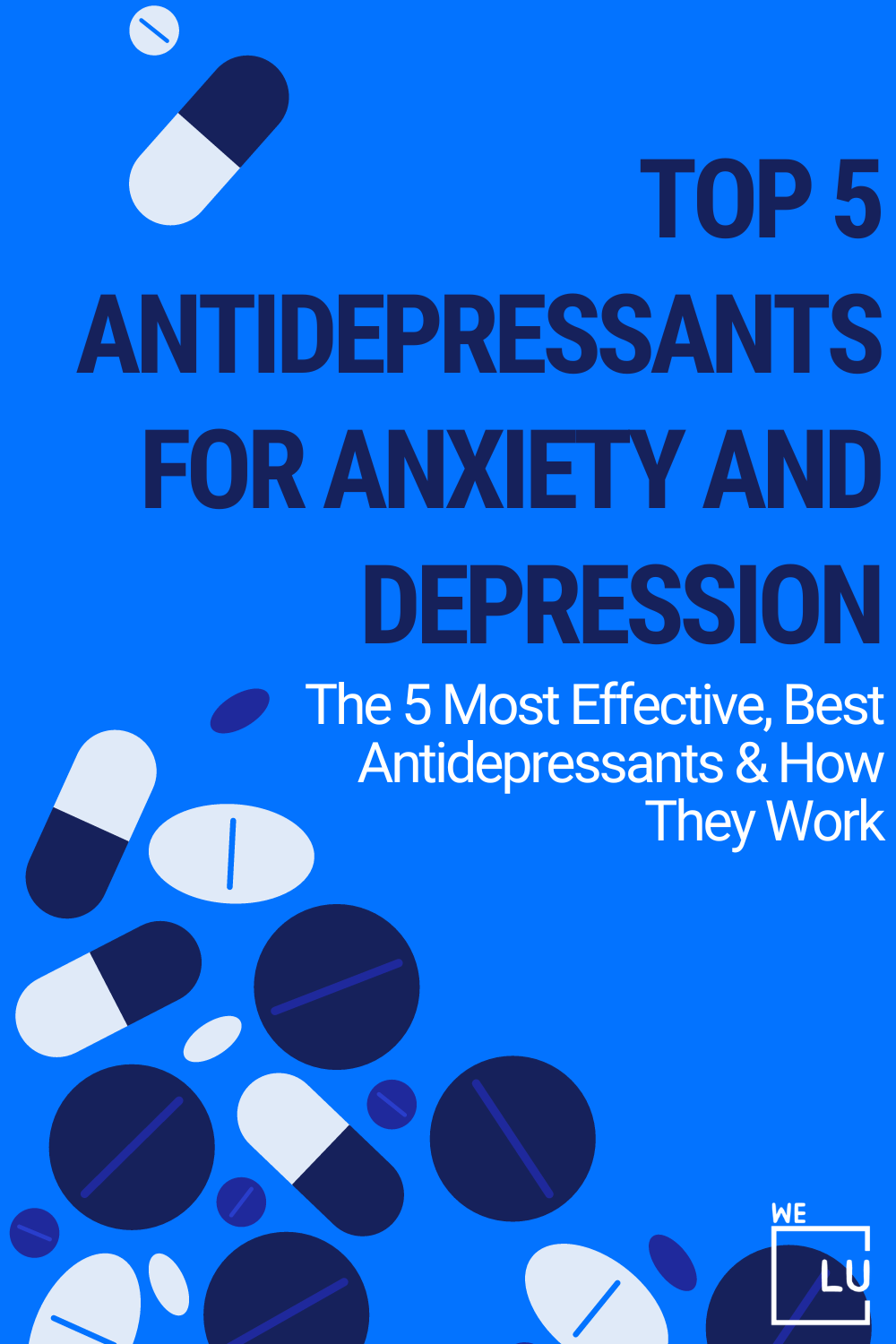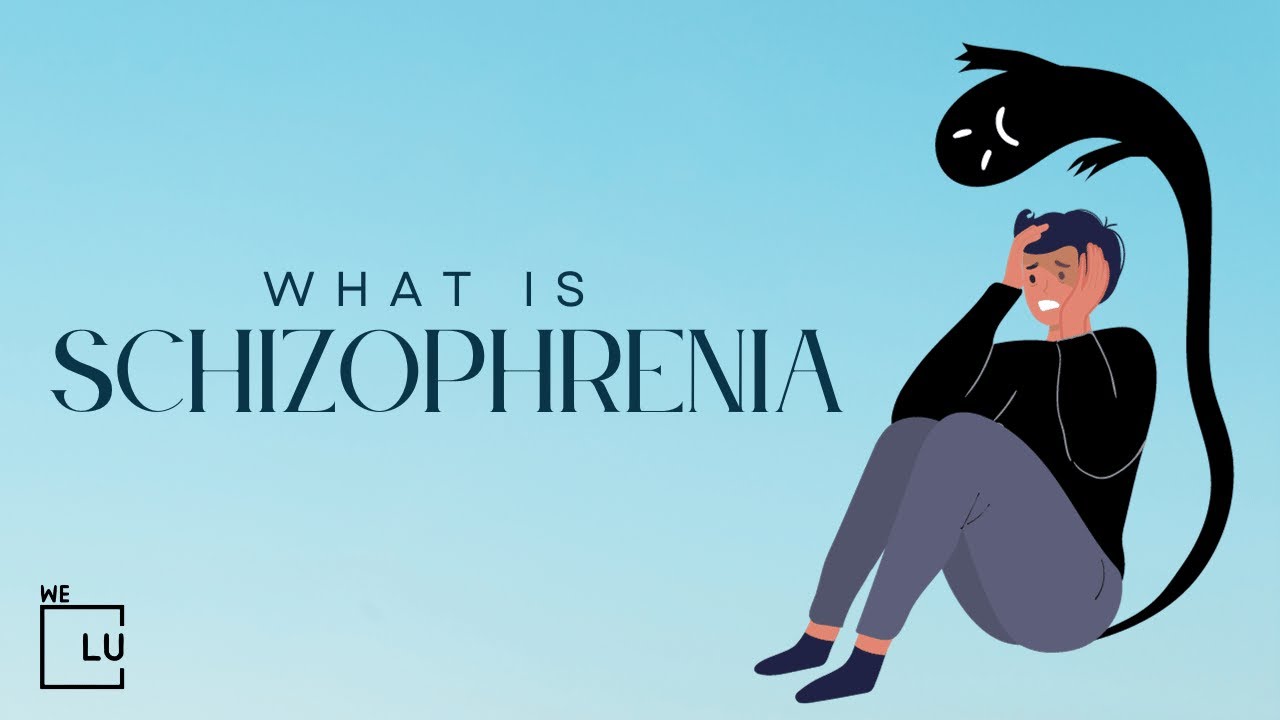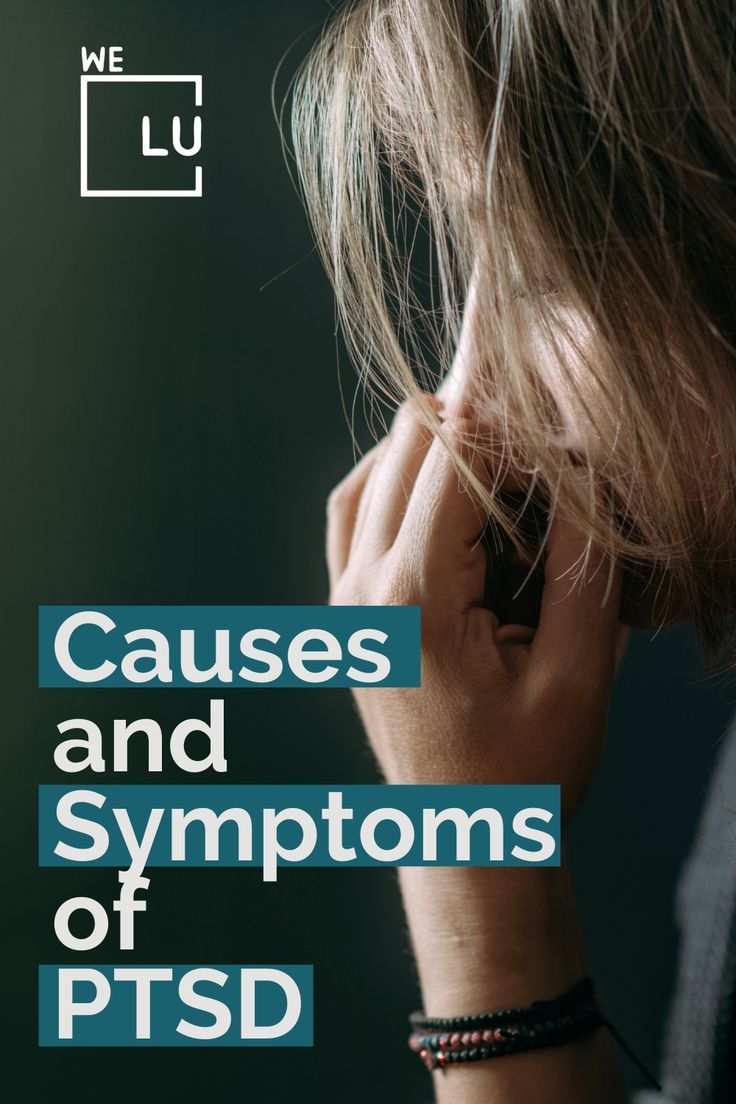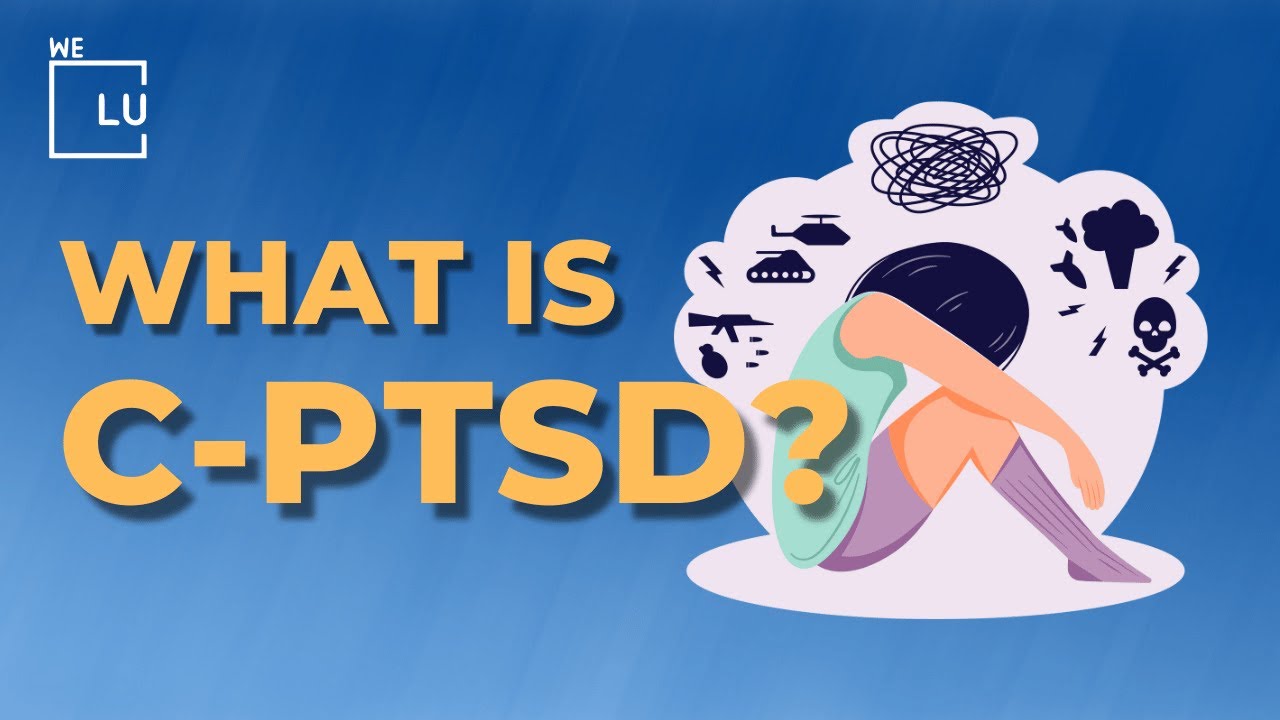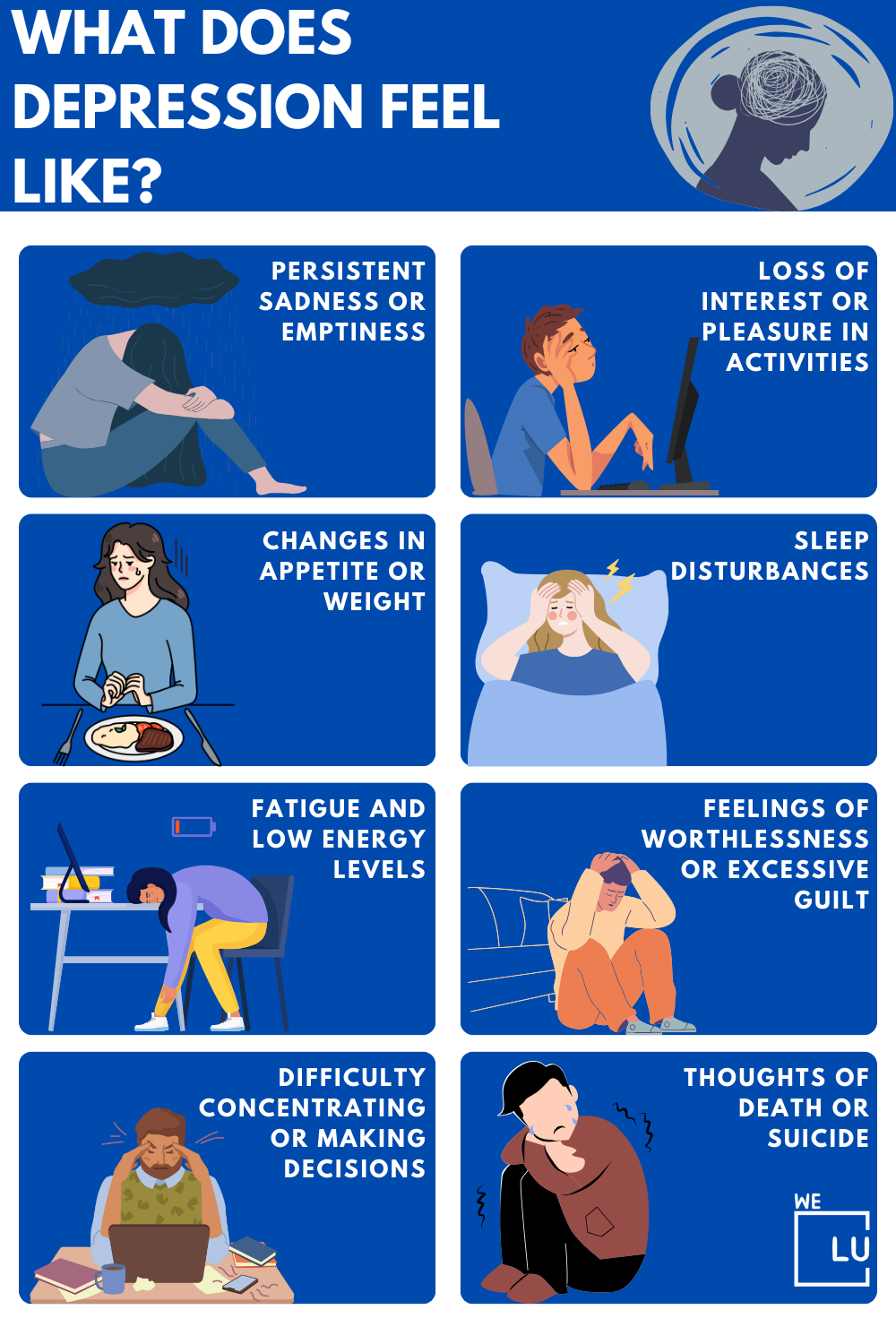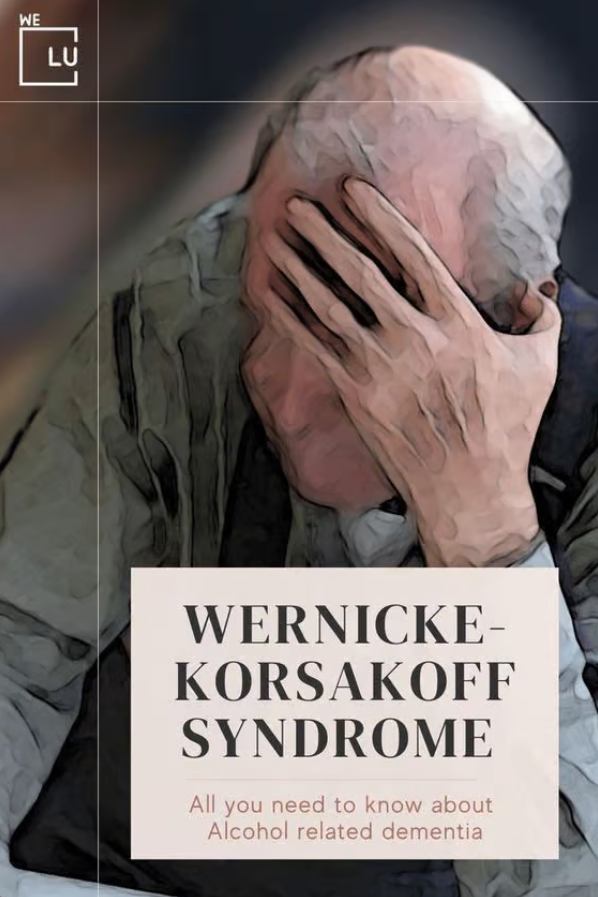What Can Help You Distinguish Panic Attack Vs Anxiety Attack?
Panic and anxiety attacks vary in severity and causes, but both can lead to a fast heartbeat, shallow breath, and a feeling of distress.
Panic attacks tend to be more intense and may happen without a specific trigger, whereas anxiety attacks often respond to a perceived threat. Though the terms “panic attack” and “anxiety attack” are often used interchangeably, they refer to different experiences with varying intensities and durations. Anxiety symptoms are connected to mental health conditions like obsessive-compulsive disorder and trauma, while panic attacks are primarily associated with panic disorder.
Learn more about the dissimilarity as we detail the differences between panic vs anxiety attacks.
Anxiety Vs Panic Attacks Differences
Distinguishing between panic and anxiety attacks can be challenging due to their similar symptoms. The shared characteristics often make it hard to tell them apart.
Here’s a chart highlighting the key differences between anxiety and panic attacks:
| Aspect | Anxiety Attacks | Panic Attacks |
|---|---|---|
| Onset | Peaks rapidly, typically subside quickly | Sudden, often without warning |
| Intensity | Moderate to severe | Intense and overwhelming |
| Duration | May persist for an extended period | Panic attacks peak rapidly and will diminish quickly |
| Triggers | Response to a perceived threat or stressor | Can occur with or without an identifiable trigger |
| Physical Symptoms | Symptoms like muscle tension, restlessness, and irritability | Rapid heartbeat, shortness of breath, trembling, and a sense of impending doom |
| Mental Health Links | Connected to conditions like OCD and trauma | Primarily associated with panic disorder |
What are the Anxiety Attack Vs Panic Attack Signs and Symptoms?
Both anxiety and panic attacks have similar signs, like a fast heartbeat, shallow breathing, and a feeling of distress. However, panic attacks are more intense and sudden, happening with or without a trigger, while anxiety attacks usually develop slowly in reaction to a perceived threat.
Here’s a list of signs and symptoms of anxiety attacks and panic Attacks:
Anxiety Attacks Symptoms
- Gradual onset of symptoms.
- Moderate to severe intensity.
- Prolonged duration may persist for an extended period.
- Often triggered by a perceived threat or stressor.
- Physical symptoms may include muscle tension, restlessness, and irritability.
- Associated with conditions like obsessive-compulsive disorder (OCD) and trauma.
Panic Attacks Symptoms
- Sudden onset of intense symptoms.
- Overwhelming intensity.
- Peaks rapidly and typically subsides quickly.
- It can occur with or without an identifiable trigger.
- Physical symptoms include rapid heartbeat, shortness of breath, trembling, and a sense of impending doom.
- It is primarily associated with panic disorder.
Individual panic attacks vs anxiety attacks experience may vary. If you or someone you know is experiencing these symptoms, consulting with a healthcare professional is recommended.
What Causes Panic and Anxiety Attacks?
Panic and anxiety attacks can be triggered by various factors, including:
- Genetics: A family history of anxiety or panic disorders can increase the likelihood of experiencing attacks.
- Brain Chemistry: Imbalances in neurotransmitters, such as serotonin and dopamine, may contribute to the onset of attacks.
- Stressful Life Events: Traumatic experiences, significant life changes, or chronic stress can be triggers for both types of attacks.
- Medical Conditions: Underlying medical issues, such as thyroid problems or cardiovascular issues, may contribute to developing attacks.
- Substance Abuse: Drug or alcohol use can increase the risk of panic and anxiety attacks.
- Personality Factors: Certain personality traits, such as being highly sensitive or perfectionistic, may play a role in vulnerability to these attacks.
- Phobias: Specific phobias or fears can trigger both anxiety and panic attacks.
Understanding these potential triggers is essential for effective management and treatment of panic and anxiety disorders. If you’re experiencing these issues, seeking professional help can provide valuable insights and support.
Anxiety Attacks Vs Panic Attacks Diagnosis
A medical or mental health professional is equipped to diagnose conditions such as panic attacks, panic disorder, or anxiety disorder. The diagnostic process relies on criteria outlined in the Diagnostic and Statistical Manual of Mental Disorders, Fifth Edition (DSM-5).

Skip To:
Learn More:
- Guide on How To Stop a Panic Attack. What Does a Panic Attack Feel Like? What Causes Panic Attacks?
- Effective Medication for Panic Attacks and Panic Disorder
- Grounding Techniques for Panic Attacks
- Panic Attack Treatment Effective Tips, Symptoms, and Causes
- Learn the Different Types of Anxiety. 6 Types of Anxiety Disorders. Symptoms and Medications for the Different Types of Anxiety.
- High Functioning Anxiety Symptoms, Causes, and Treatment
- Performance Anxiety, Causes, Symptoms, and Treatment. Male Performance Anxiety Solutions
- What are Anxiety Tics? Understanding The Background of Tics
- Social Anxiety Disorder, Symptoms, Risks, Treatments, and Diagnosis
- Anxiety Disorder Treatment, Types, Causes, and Symptoms
Free Online Anxiety Quiz
Take the quiz below to explore if you may be experiencing symptoms associated with anxiety. This quiz is not a substitute for professional diagnosis, so seek guidance from a mental health professional for an accurate assessment.
An anxiety attack is not a clinically defined condition in the DSM-5. However, professionals can still identify and diagnose anxiety disorders by recognizing associated symptoms. During the diagnosis, a doctor or mental health professional discusses symptoms and life events. Also, a psychological evaluation is often conducted to categorize the observed symptoms accurately.
To ensure a comprehensive assessment and rule out physiological conditions with similar symptoms, the doctor may conduct a physical examination, blood tests, and heart tests such as an EKG.
Both diagnoses require a careful consideration of symptoms, duration, and impact on daily functioning. Seeking professional help is essential for an accurate diagnosis and tailored treatment plan.
Get anxiety and panic attack counseling that works. Discover professional help from We Level Up Florida’s mental health therapists. Start getting support with a free call to our mental health hotline.
Get Help. Get Better. Get Your Life Back.
Searching for Accredited Dual Diagnosis Mental Health Centers Near You?
Even if therapy failed previously, or are in the middle of a difficult crisis, we stand ready to support you. Our trusted behavioral health specialists will not give up on you. When you feel ready or just want someone to speak to about counseling alternatives to change your life call us. Even if we cannot assist you, we will lead you to wherever you can get support. There is no obligation. Call our hotline today.
FREE 24/7 Dual Diagnosis Mental Health Services HotlinePanic Attack Vs Anxiety Attack Treatments
Medical professionals conduct a thorough panic attack vs anxiety attack assessment of an individual’s symptoms to formulate an effective treatment plan. This assessment involves an in-depth exploration of the nature, frequency, and impact of the signs on the person’s daily life.
It may include discussions about triggers, stressors, and the individual’s overall mental health. The goal is to understand the specific manifestations of anxiety or panic and tailor the treatment approach accordingly.
The treatment plan for panic attack vs anxiety attack often revolves around a combination of therapeutic interventions and, when necessary, medication. Cognitive-behavioral therapy (CBT) is a common therapeutic approach that helps individuals identify and change patterns of thinking and behavior contributing to anxiety. Medications, such as selective serotonin reuptake inhibitors (SSRIs) or benzodiazepines, may be prescribed to alleviate symptoms and provide relief.
The choice of treatment depends on the severity of symptoms, individual preferences, and the professional judgment of the healthcare provider. A collaborative and individualized approach ensures the most effective management of anxiety and panic disorders.
Panic Attack Vs Anxiety Attack Therapy
Here’s a list of psychotherapies commonly used for the treatment of anxiety and panic attacks:
- Cognitive-Behavioral Therapy (CBT): Focuses on identifying and changing negative thought patterns and behaviors that contribute to anxiety and panic. It often includes exposure therapy to confront fears gradually.
- Exposure Therapy: A subset of CBT, exposure therapy involves gradually facing and overcoming feared situations or stimuli to reduce anxiety.
- Mindfulness-Based Stress Reduction (MBSR): Incorporates mindfulness meditation and awareness techniques to manage stress and promote relaxation.
- Acceptance and Commitment Therapy (ACT): Encourages acceptance of anxious thoughts and feelings while promoting actions aligned with personal values.
- Dialectical Behavior Therapy (DBT): Combines cognitive-behavioral techniques with mindfulness strategies to manage intense emotions and improve interpersonal skills.
- Psychodynamic Therapy: Explores unconscious thoughts and patterns that may contribute to anxiety, aiming to enhance self-awareness.
- Interpersonal Therapy (IPT): Focuses on improving interpersonal relationships and communication skills to alleviate anxiety.
- Biofeedback: Utilizes electronic monitoring to help individuals gain awareness and control over physiological responses associated with anxiety and panic.
- Eye Movement Desensitization and Reprocessing (EMDR): Initially designed for trauma, EMDR is sometimes used for anxiety disorders, involving guided eye movements to process distressing memories.
- Group Therapy: Provides a supportive environment where individuals with similar challenges can share experiences and learn coping strategies.
The choice of psychotherapy depends on the specific needs and preferences of the individual, and a healthcare professional will often tailor the approach to ensure the most effective treatment.
Panic Attack Vs Anxiety Attack Medication
The choice of medication for panic attacks and anxiety attacks depends on the specific diagnosis, severity of symptoms, and individual factors. Here’s an overview of drugs commonly prescribed for these conditions:
- Selective Serotonin Reuptake Inhibitors (SSRIs): These antidepressants, such as sertraline or fluoxetine, are often prescribed to reduce the frequency and intensity of panic attacks over time.
- SSRIs and Serotonin-Norepinephrine Reuptake Inhibitors (SNRIs): These antidepressants are commonly used for various anxiety disorders, including generalized anxiety disorder and social anxiety disorder.
- Benzodiazepines: These medications, like lorazepam or clonazepam, can provide rapid relief during a panic attack. However, they are usually prescribed for short-term use due to the risk of dependence.
Medication alone is not a comprehensive solution, and it is often combined with psychotherapy for optimal results. The choice of medication is made by a healthcare professional based on a thorough assessment of the individual’s condition. Regular monitoring and follow-ups are crucial to evaluate the effectiveness and potential side effects of the prescribed medication.
We Level Up FL Mental Health Center Tips To Cope With Panic or Anxiety Attacks
✅ Practice slow, deep breaths to help calm your nervous system during an attack. Inhale deeply through your nose, hold for a few seconds, and exhale slowly through your mouth.
✅ Focus on your surroundings by naming things you can see, hear, touch, taste, or smell. This helps anchor you in the present moment and reduces the intensity of the attack.
✅ Remind yourself that the panic or anxiety attack is temporary and that you are safe. Use reassuring and calming statements to counter negative thoughts.
✅ Reach out to someone you trust, whether a friend, family member, or mental health professional. Sharing your feelings can provide comfort and help alleviate isolation during an attack.
Do you have questions about panic attack vs anxiety attack symptoms or treatment in general? Call We Level Up FL helpline 24/7.

End the Emotional Pain. Get Your Life Back.
Feeling Depressed, Anxious or Struggling with Mental Health Illness? Get Safe Comfortable Mental Health Dual Diagnosis High-Quality Therapy From Counselors That Care. Begin Your Recovery Now.
Hotline (855) 940-6125